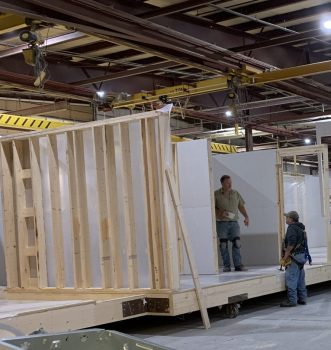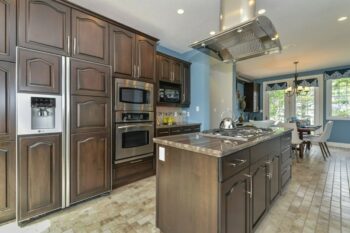 Almost 100 years ago, Frank Lloyd Wright had a brilliant insight – why not build in factories, with pre-cut framing and factory built parts. But Wright was ahead of his time. As many of his designs were lauded in Europe, Americans were slow to see his brilliance.
Almost 100 years ago, Frank Lloyd Wright had a brilliant insight – why not build in factories, with pre-cut framing and factory built parts. But Wright was ahead of his time. As many of his designs were lauded in Europe, Americans were slow to see his brilliance.
But today we’re living in a different economy and a radically different environment. The word “sustainable” has crept into our conversation… what does that mean for Pre-Fab?
The new generation of architects approach building in new ways.
Pail Masi, principal of Bates Masi+Architects, New York says: “I think prefabrication and sustainability are sort of one and the same. By using prefabricated elements you can not only cut down on the waste, but you’re building with precise tools, and you’re not out there in the snow and rain, so you can be very efficient.”
In California, architect Michelle Kauffman, who co-authored Prefab Green, put her money where her mouth was. Her and her husband designed and built a house in the Bay Area. They chose a traditional on-site builder. The house took 14 months to construct on-site. Then she took the identical plan and had it built in the factory. It took 4 months to build.
Pure cost reduction isn’t the motivation for using prefab. Masi discovered that pre-fab, when applying custom design, was similar in cost to traditional builds. He was more excited about the green elements and strict control when building pre-fab. Pre-set jigs, highly technical processes and green standards make a difference. The build in a factory is much more disciplined, ensuring consistency on every level.
